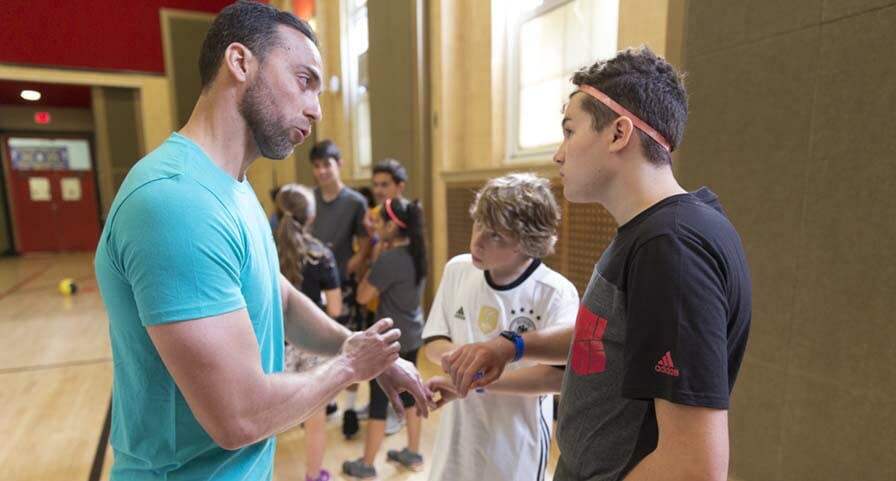As wearable devices become more and more prevalent, companies use different metrics to track activity and rate workouts. While steps and calories remain two of the most prevalent focuses in the consumer marketplace, teachers focus on minutes of exercise at an elevated heart rate to develop healthy habits in their students.
“I focus on heart rate,” said Riverton, Wyoming physical education teacher Mike Bradley. “If you get your heart rate up often enough, then you’re helping your overall health and fitness. I can walk 10,000 steps in a day without getting my heart rate up. We have to get our heart rates up for those steps to really benefit us.”
The Center For Disease Control recommends that children and adolescents between ages six and 17 should have at least 60 minutes of physical activity each day. Interactive Health Technologies developed an education-focused heart rate monitor and assessment system, believes that teaching children how to elevate their heart rate during that daily activity is paramount to teaching healthy habits. People of all ages see the biggest health benefit from exercising at an elevated heart rate.
In order to correlate that activity to improved cardiovascular fitness, and help improve students’ academic performance, physical education teachers use technology such as heart rate monitors to focus on the connection between an individual’s heart rate and improving their fitness.
“In my opinion heart rate monitors are by far the most innovative tool any physical educator could use,” said Everitt (Colorado) Middle School P.E. teacher Brad Hull. “My number one philosophy as a PE teacher is for students to take what they learn in class outside of class so they can become lifelong movers. The great thing about heart rate monitors is that the data is completely individualized so students don’t have to worry about anyone else.”
The heart rate monitors provide students and teachers with a variety of data. With its wrist-worn IHT Zone monitor, IHT focuses on showing students their heart rate during exercise and then delivering a detailed summary immediately following the workout. Teachers set goals for each workout and students strive to get in the target heart rate zone and stay there for as long as they can. While the data gives students immediate feedback, it’s the long-term results that interest teachers.
“Their body is telling them how they are doing,” said Pine Middle School (Nevada) teacher Jencie Fagan. “Eventually, they will know for themselves by kinesthetic awareness how well they are working out.”
While teachers can monitor progress, students also get a first-hand look at how they are progressing toward each day’s goal.
“Students are able to see if they are in their zone, or if they are pushing themselves too hard,” said Jeff Miesner at Odebolt Arthur-Battle Creek-Ida Grove (Iowa) High School. “Our goal is for them to be conscious about their own level of effort.”


